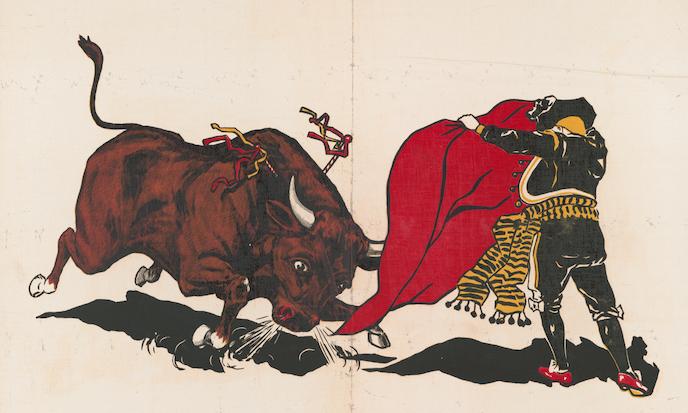The S&P 500 reached new highs last week causing some analysts to call this the fastest recovery from a bear market in history; however, this shows that many analysts are not looking at the whole picture -- since they are ignoring the recovery that followed the start of World War I in 1914.
Goodbye to an Original DJIA MemberExxonMobil had been in the DJIA longer than any other stock, having been added on October 1, 1928.
The Dow Jones Transportation Average has been calculated on a real-time basis longer than any stock market index in the world.
Two people who tried to answer this question were Yale Hirsch and David Schwartz. Both of them made an extensive analysis of temporal patterns in the stock market to determine whether you were better off investing in January or July.





